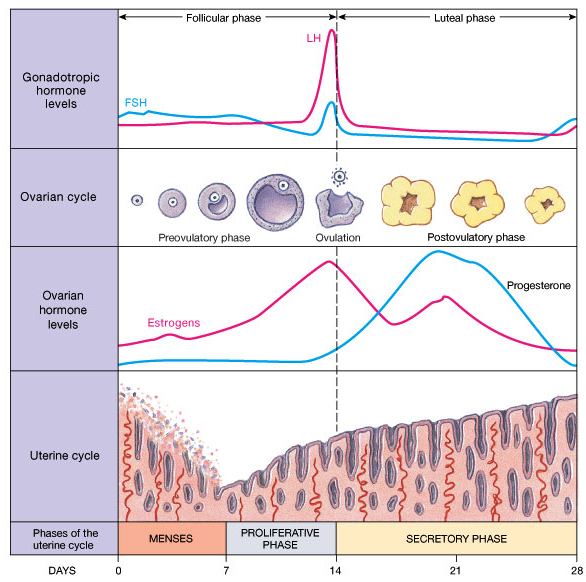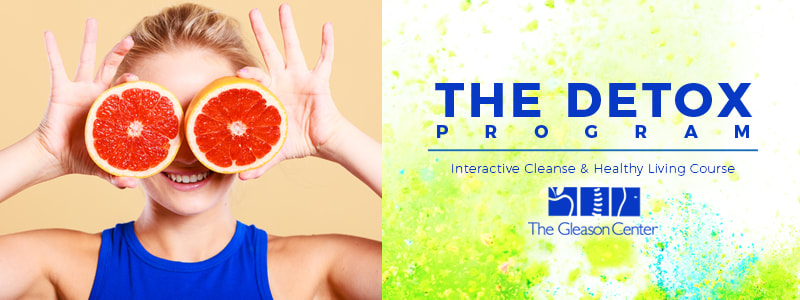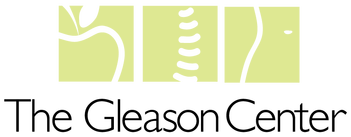|
By: Gleason Center Editors, Dr. Daniel Gleason DC This month’s article is taken from a presentation that we have done in our office hundreds of times. After learning about how their body works, women of all ages invariably respond with: “Why didn’t anyone explain this to me before?” A women’s reproductive cycle is a miracle of nature, something to embrace and even enjoy, not to dread. There should not be the cramping, bleeding, clots, breast tenderness, irritability, acne and aggressiveness that often accompany “The Monthly”. While these symptoms are all too common, they are not normal. They can have a serious impact on women’s lives and thus they should be investigated to determine their cause. Note the diagram below. The menstrual cycle consists of two phases. Weeks 1 & 2 make up the follicular phase because that is the time when the egg-containing follicle is developing. Weeks 3 & 4 are called the luteal phase because the residual follicle becomes a progesterone-secreting gland call the corpus luteum. Follicular Phase Day one of the cycle is when the menstrual fluids start to flow. At the beginning of each cycle 100-200 follicles start to develop. If you could see your ovary you would notice these as small bumps on its surface. During the first 3-6 days the lining of the uterus (called the endometrium) shrinks by ½ or more. This highly vascular lining is what the menstrual fluid is made up of. Starting at the beginning of week 2, under the influence of rising estrogen levels, the endometrium regrows to full thickness. In the days just prior to ovulation the two pituitary hormones (FSH & LH) spike. This has a profound effect on the one follicle that gets elected “Queen”, the one that gets to ovulate. If you could see your ovary this would look like a developing pimple that pops, releasing the egg, free to travels down the fallopian tube into the opening of the uterus. Ovulation happens at mid cycle around day 14. Some women can even feel themselves ovulate, a phenomenon known as Mittelschmertz. Luteal Phase The residual follicle that just released the egg turns yellow and becomes a progesterone-secreting gland call the corpus luteum, which is Latin for yellow body. As you can see from the chart, progesterone dominates the luteal phase. Progesterone’s role is to mature or ripen the endometrium, to keep it from overgrowing and to prepare it for acceptance of a fertilized egg or to easily fall off at the start of the next cycle. The most common reason for menstrual problems is premature corpus luteum failure leading to a lack of progesterone. With too little progesterone the endometrium overgrows and fails to mature. Heavy, dark, clotty periods result because last month’s endometrium did not completely release. The un-ripe lining does not want to let go so the uterine muscles cramp as they try to expel it. Remember those 100-200 secondary follicles that started at the beginning of the month? Progesterone has another important function of resolving or dissolving them. If progesterone is too low these additional follicles persist, make testosterone and lead to acne, heightened emotions and aggressiveness. We are frequently asked, “What can be done to help normalize a woman’s periods?” Balancing estrogen and progesterone is the key. Sometimes saliva or urinary testing is required to determine more precisely what is wrong but there are some common methods that can be tried before resorting to testing. Too much estrogen relative to progesterone is most commonly the problem. We are exposed to estrogen or estrogen-mimics in our environment. It is used to fatten livestock and poultry so eating free-range meat is a way to reduce exposure. Topical chemicals and even certain plant extracts commonly used in cosmetics, shampoos and lotions can be very estrogenic so check your skin-care products. You can check out a list of these chemicals called phyto or xeno estrogens on our website or you can go to EWG.org and click on Skin Deep. Elevated insulin from eating too many sugars and starches can disrupt the estrogen-blocking effects of sex hormone binding globulin (SHBG); thus a low carb, moderate protein, high fat diet can help your body block high estrogen levels. Your liver is involved in removing estrogen so liver detox protocols can also help. Not enough progesterone is the other part of the problem. When the corpus luteum prematurely closes, progesterone levels fall. This allows the estrogen to continue to over-stimulate the uterus leading to excessive, immature endometrium. There are several strategies for improving progesterone production. We use the herb Chaste Tree to stimulate LH production that in turn stimulates the corpus luteum to make more progesterone. This is frequently successful, especially for younger women. The conventional medical approach may be to prescribe the birth control pill. This pharmaceutical contains a Progestin, which means it’s an artificial hormone. Some formulas even include synthetic estrogen that can further complicate things. Sometimes The Pill helps with the symptoms but often has unwanted side effects. Those who chose this approach should always supplement with Vitamin B6 in the form of P5P to keep from becoming deficient and prevent side effects. If the above approaches don’t work, we recommend using topical or sublingual bio-identical progesterone. This can be used starting on day 10 or 12 of the cycle and incrementally increased until the beginning of the next cycle. Some women chose to continue to take the progesterone all month long as they miss it when they stop. This approach is fine as bio-identical progesterone is a very safe. If all else fails, testing is the best policy to see if you are missing something. Contact your health care provider for more information. We think this information is important for everyone, particularly for young women, to understand what is going on with the menstrual cycle.
If you like this post, you might also enjoy our: February Newsletter
0 Comments
Leave a Reply. |
CONNECT WITH US!Follow us on Facebook for weekly inspiration, newsletters, recipes, and giveaways!
CATEGORIES
All
SEARCH THE BLOG |
||||||
Take the first step. We're ready for you.
616-846-5410
M/W/F 8:00am - 5:30pm
Closed 12:30pm - 1:30pm (Lunch)
T/Th 8am - 1pm
Sat/Sun Closed
Home | Order Supplements | Privacy | Terms | Contact | Facebook | Review Us
M/W/F 8:00am - 5:30pm
Closed 12:30pm - 1:30pm (Lunch)
T/Th 8am - 1pm
Sat/Sun Closed
Home | Order Supplements | Privacy | Terms | Contact | Facebook | Review Us
Information and products offered here are not intended to diagnose, treat, cure, or prevent any disease. Statements have not been evaluated by the FDA.
© 2023 The Gleason Center
© 2023 The Gleason Center




